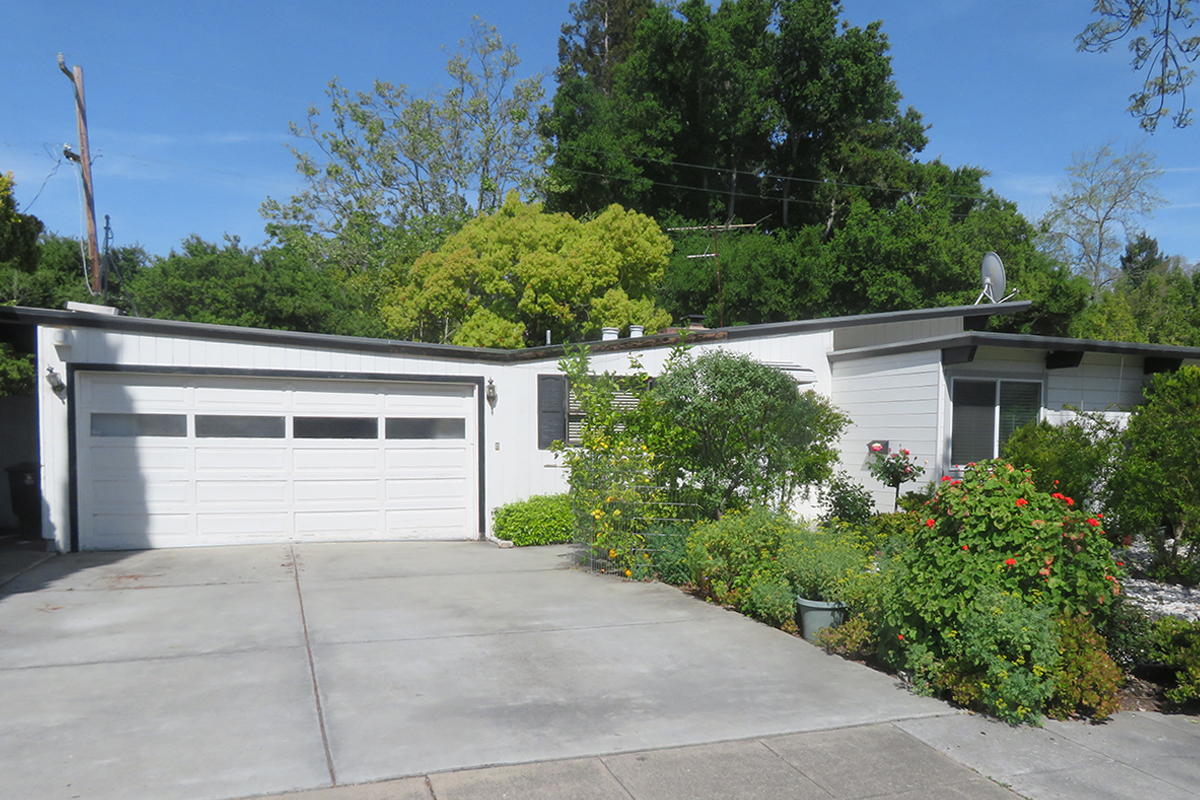Why Do People Love Butterfly Roofs? - Page 2
 |
By the 1970s, butterfly roofs were rare on new homes no matter who the developer was.
But over the past decade and a half, the butterflies have been winging their way back onto the drawing boards, with architect after architect turning out new versions—from Michelle Kaufmann, who roofed her prefabricated Sunset Breezehouse with butterfly wings, to the Pritzker Prize-winning Australian architect Glen Murcutt, who prefers his butterfly wings to curve.
You’ll find butterfly-roofed homes of recent vintage in the Berkeley Hills, Manhattan Beach, Tucson, and Decatur, Georgia.
Joshua Aidlin, whose San Francisco firm Aidlin Darling Design created a LEED platinum, zero-net-energy-use home in Hillsborough, said its butterfly roof is a “two-for-one form that allows the views to be opened up,” while at the same time providing for efficient rainwater collection. On top of that, the butterfly wings conceal the home’s solar panels from view.
Architect Benjamin Parco, who with partners designed a butterfly roofed addition to a house in the Berkeley Hills, appreciates the butterfly roof for its visual capabilities as well as its ability to channel rainwater.
“You can play with it,” Parco says. “It’s more expressive than a flat roof and not as traditional as a hip or gable roof.”
For more about the migration of butterfly roofs, read 'Return of the Butterflies,' available online here and also as a 'classic revisited' in the summer ‘20 issue of our print magazine, CA-Modern.




